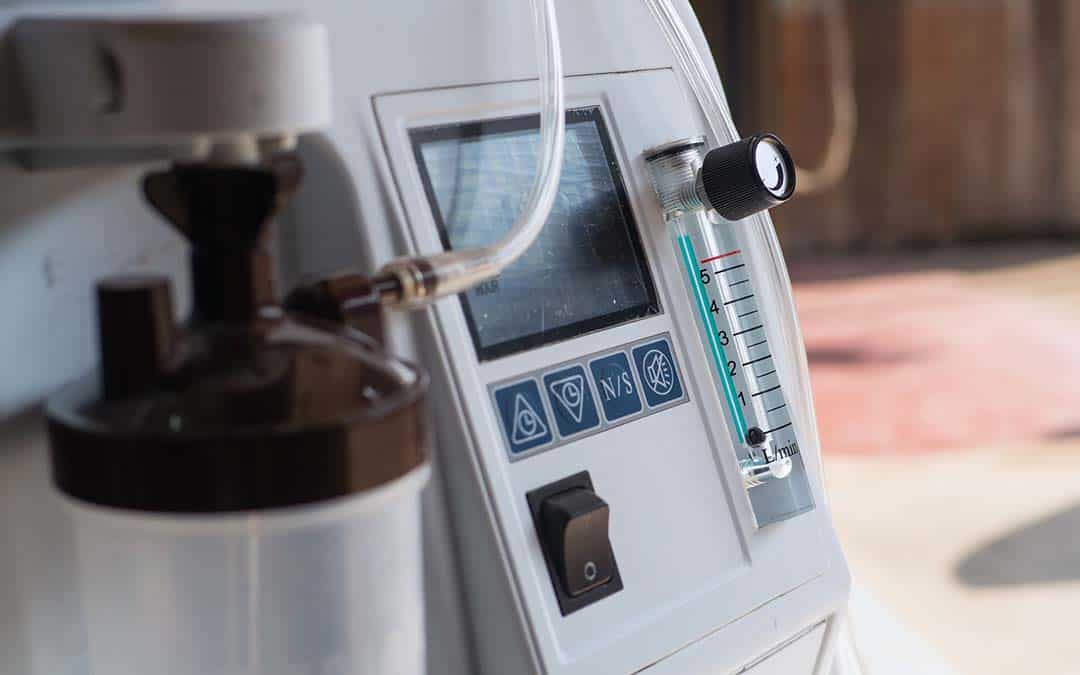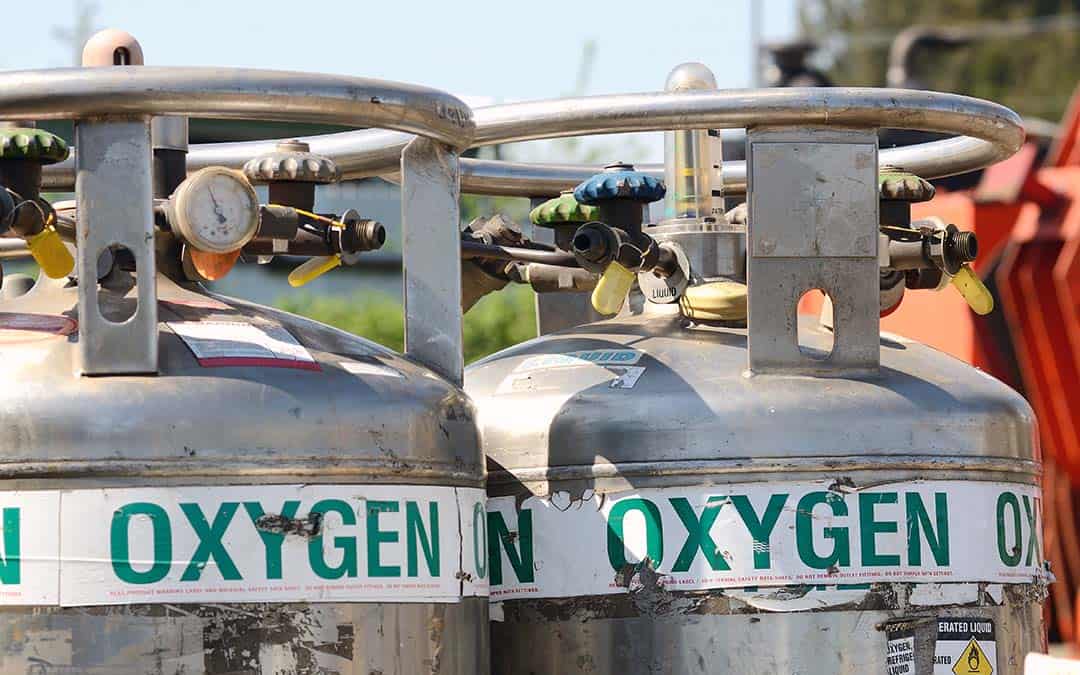Oxygen is the invisible elixir that sustains human life. If you’ve read our content in the past, you know that CalOx boasts a terrific relationship with local healthcare facilities due to our status as a reliable medical-grade oxygen supplier. But, what separates our offering from industrial oxygen?
The answer is fairly simple, if multifaceted. Medical oxygen and industrial oxygen, while sharing a common elemental identity, serve distinct purposes and are subject to specific regulations. In this blog, we’ll delve into the nuances that differentiate these two forms of oxygen, as well as their uses, people’s misconceptions, and the critical role of purity levels in ensuring safety.
Medical oxygen vs. industrial oxygen: What’s the difference?
Our customers know that medical oxygen isn’t just a commodity; it’s quite literally a lifeline. Primarily used to aid patients with respiratory conditions or those in critical care, medical oxygen undergoes rigorous purification processes to achieve high levels of purity. The FDA strictly regulates medical oxygen to ensure it meets the stringent standards required for therapeutic applications. The standards for medical oxygen cylinders are highly regulated. These cylinders contain pure oxygen gas, meaning that virtually no other gases are present. There are also special regulations for medical oxygen, such as patients needing a prescription to obtain it.
Industrial oxygen, on the other hand, is used in industrial plants for functions related to purification and manufacturing. This oxygen isn’t appropriate for human use due to its potential impurities, which would cause harm to the human body if used therapeutically.
Uses of medical oxygen and FDA oversight

Preserving the purity of medical oxygen is not just a matter of best practices; it’s a regulatory imperative. The FDA meticulously monitors the production, distribution, and use of medical oxygen to guarantee its safety.
To ensure medical oxygen carries out its pivotal role in the effectiveness of emergency rooms, ambulances, and home care, it must meet extremely high standards of purity. For example, the precision of medical oxygen is paramount in surgeries, where it’s administered to patients undergoing procedures requiring anesthesia.
Industrial oxygen: powering progress

On the flip side, industrial oxygen is a vital and versatile component as well. From steel production to wastewater treatment, industrial oxygen serves as a catalyst for numerous industrial and manufacturing processes. It fuels combustion in metal cutting and welding, supports chemical synthesis in manufacturing plants, and enhances the efficiency of certain combustion engines. The demand for industrial oxygen extends across sectors, contributing to advancements in technology and infrastructure. The purity requirements for industrial oxygen vary from application to application.
Oxygen misconceptions
It’s a widely held belief that the air we breathe consists of 100% oxygen, but that’s not accurate. In reality, the air we inhale is composed of approximately 21% oxygen, with the majority (78%) being nitrogen. The remaining 1% consists of a combination of gases like carbon dioxide and hydrogen.
Another prevalent misconception revolves around the necessity for high-purity oxygen, nearly reaching 100%, in certain occupations or applications. Contrary to this belief, activities such as firefighting or deep-sea diving don’t typically require oxygen of such high purity. Instead, these scenarios commonly involve the use of regular air or ABO (Aviator’s Breathing Oxygen) gas, often filtered and cooled for user comfort.
Conclusion
Looking for a reliable provider for high-quality medical-grade oxygen in the Los Angeles area? CalOx has been serving local clinics for over 80 years, catering to the specific needs of each customer. If you’re ready to learn more, contact us today and find out how we can help your business thrive.
